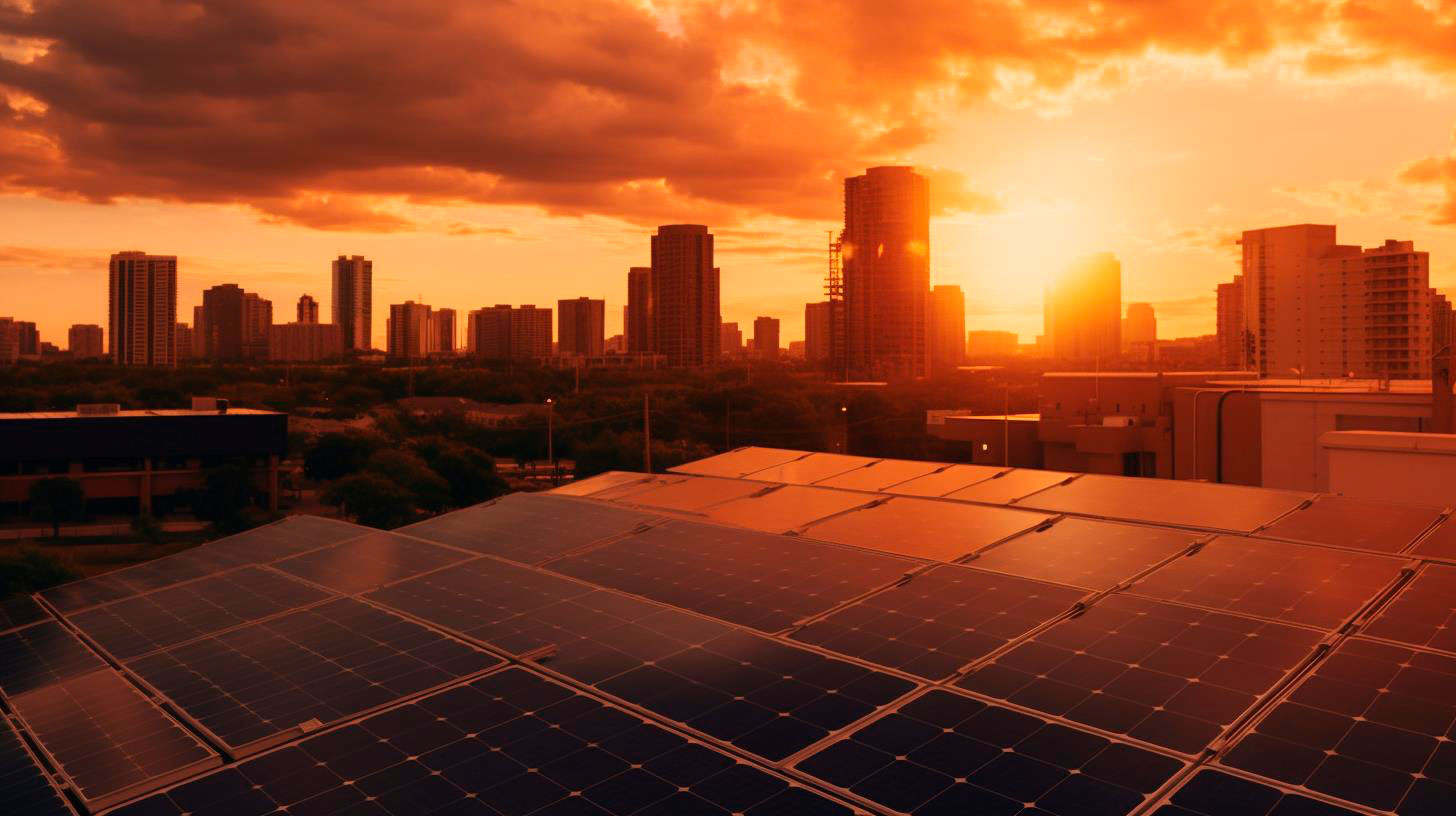Charting New Territory: The Progress of Floating Wind Farms in Renewable Energy
These innovative structures are making waves in the renewable energy sector, unlocking vast offshore wind potential and bringing us closer to a greener future.
The Rise of Floating Wind Farms
Floating wind farms, as the name suggests, involve harnessing wind energy through wind turbines installed on floating platforms in deep waters, typically far from the coastline. Unlike traditional offshore wind farms, which require fixing the turbines to the seabed, floating wind farms offer greater flexibility and accessibility, opening up vast untapped resources. According to a report by the International Energy Agency (IEA), the global offshore wind potential is estimated to be four times the current electricity demand on Earth. Floating wind farms can unlock a significant portion of this potential, targeting regions with deep waters unsuitable for fixed-bottom wind structures.
Advantages of Floating Wind Farms
- Access to untapped wind resources: Floating wind farms enable harnessing wind energy in deep waters, where wind speeds tend to be higher and more consistent, leading to increased power generation.
- Flexibility and scalability: Unlike traditional offshore wind farms, floating wind systems can be deployed in various locations, including coastlines with steep slopes or where geological conditions are challenging. These flexible deployment options make it possible to access offshore areas with stronger winds, further expanding the potential for renewable energy generation.
- Reduced environmental impact: Floating wind farms have a minimal impact on marine ecosystems and seabird populations compared to fixed-bottom structures. The ability to avoid sensitive seabed habitats and not disrupt marine life during installation contributes to the ecological sustainability of these projects.
- Lower installation and maintenance costs: While initial installation costs for floating wind turbines are typically higher, their scalability and potential for mass production are expected to drive down costs over time. Moreover, floating wind farms offer easier maintenance, as turbines can be brought back to shore for repairs or replacements, leading to reduced operational expenses.
Key Takeaways from the Advancements in Floating Wind Farms
The progress in floating wind farms is undeniably promising, with several key takeaways emerging:
- Increasing energy generation potential: By tapping into deep-water resources, floating wind farms can significantly contribute to meeting the growing global energy demand and reducing reliance on fossil fuels.
- Enabling offshore wind expansion: Floating wind farms provide a solution for regions with deep waters, expanding the reach of offshore wind energy generation and supporting the development of wind farms in new locations.
- Driving economic growth: The growth of floating wind farms offers immense economic opportunities, including the creation of jobs, fostering innovation in renewable energy technologies, and attracting investments in local economies.
- Accelerating the energy transition: By diversifying the renewable energy mix, floating wind farms complement other sources like solar and onshore wind, increasing the overall resilience of clean energy systems.
The progress of floating wind farms is evident from the increasing number of pilot projects and commercial installations across the globe. According to RenewableUK, the capacity of global floating offshore wind projects reached 100 MW in 2020, expected to grow to over 250 MW by the end of 2021. Europe, with its favorable conditions and supportive regulatory frameworks, leads the way, accounting for the majority of floating wind installations. Nevertheless, other regions with significant offshore wind potential, such as Asia and the United States, are also exploring the benefits of floating wind farms.
As the advancements in floating wind technology continue, it is critical for governments, policymakers, and industry leaders to foster collaboration, invest in research and development, and create an enabling regulatory environment. By supporting the growth of floating wind farms, we can harness the immense offshore wind potential and accelerate the transition towards a more sustainable and cleaner future for generations to come.
